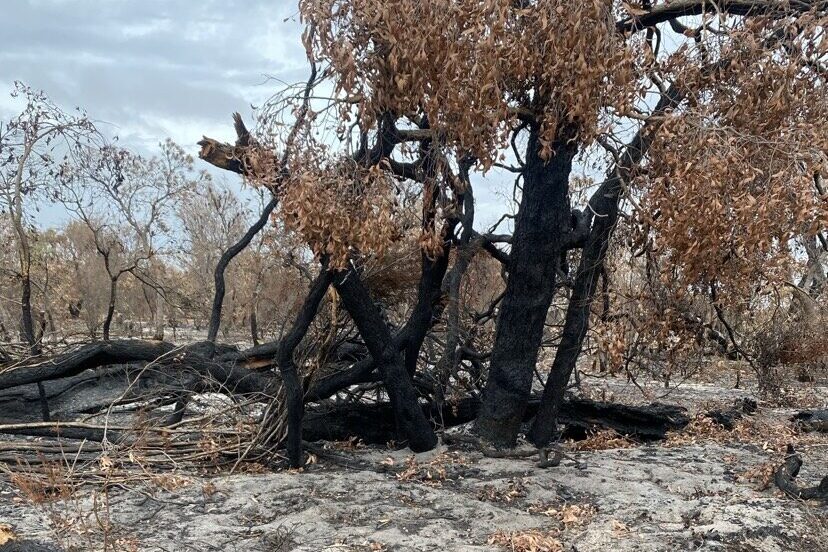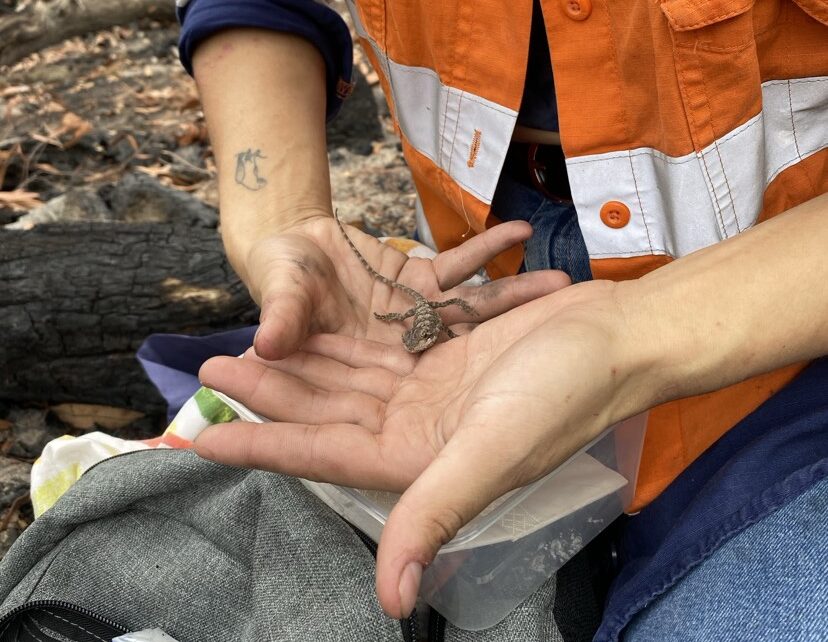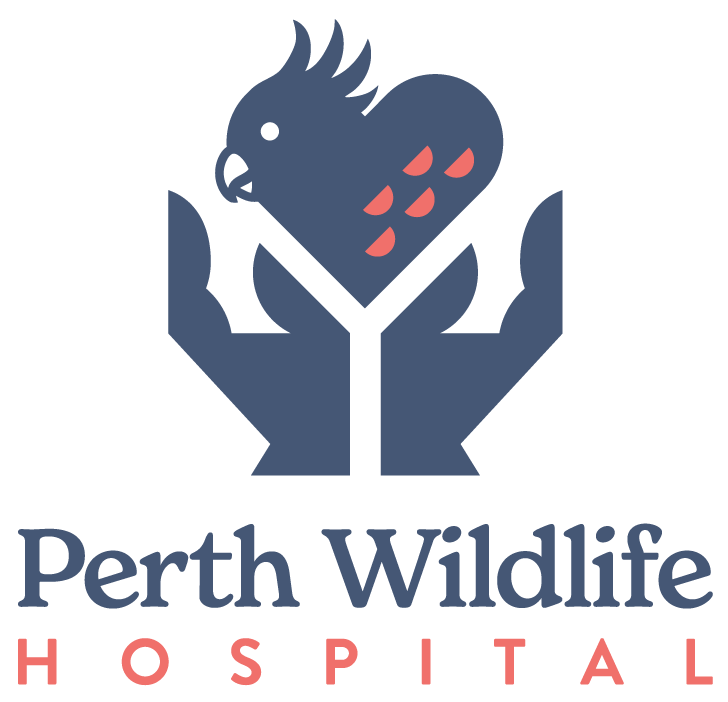Fire Walks – Wildlife Triage After Bushfires
Walking Through the Ashes to Help Those Left Behind
When bushfires sweep through our bushland, they don’t just destroy trees — they devastate entire ecosystems and leave countless animals injured, orphaned or displaced. Our Fire Walks are a critical part of our emergency response, where trained volunteers and wildlife specialists enter recently burnt areas to search for surviving wildlife, provide urgent first aid, and guide ongoing recovery efforts.

What Are Fire Walks?
Fire Walks are coordinated post-fire search and triage missions. Once it’s safe to enter affected areas, our trained teams carefully walk the burn zones, scanning for wildlife in need.
These walks are slow, methodical and emotionally challenging — but they are often the only chance for injured animals to receive lifesaving care.
We look for:
- Burned or dehydrated animals in shock
- Orphaned joeys or displaced fledglings
- Animals stuck in fencing or debris
- Survivors that need food drops or monitoring
Every Fire Walk is done in partnership with local authorities, landholders, and emergency services to ensure safety and ecological sensitivity.

First Aid in the Field
Injured animals are triaged on the spot:
- Immediate emergency care (fluids, burns treatment, stabilisation)
- Safe transport to Perth Wildlife Hospital for veterinary treatment
- On-site euthanasia in extreme cases, to prevent prolonged suffering
- Marking and mapping areas for return visits or wildlife support stations
Working Together
Fire Walks wouldn’t be possible without community support and collaboration.
We work closely with:
- DFES and local fire crews
- Landowners and conservation groups
- Veterinary partners and wildlife carers
- Local governments and environmental officers
We also provide advice and training to carers and responders on how to help wildlife during and after fire events.
Recovery and Follow-Up
Fire Walks are often just the first step. After the initial triage phase, our teams assist with:
- Food drops for surviving wildlife
- Monitoring return of species to regrowing areas
- Long-term rehab for severely injured animals
- Community education about wildlife recovery post-fire
Support Fire Walks
These walks take time, training and resources — and every donation helps us respond faster and more effectively during WA’s increasingly severe fire seasons.
You can help by:
- Donating to support emergency response supplies
- Sponsoring a wildlife rescue kit or responder pack
- Training as a future Fire Walk volunteer
- Sharing our fire season preparedness info with your community
Fire Walks – Frequently Asked Questions
- What should I do if I find injured wildlife after a bushfire?
Stay safe, keep your distance, and call Perth Wildlife Hospital immediately on [insert hotline number].
If it’s safe and you’re confident doing so, gently place smaller animals (like birds, possums or reptiles) in a towel-lined box with air holes and keep them in a quiet, dark place until help arrives.
Do not offer food or water, as this can cause more harm than good in stressed or injured animals. - Can I go into a burnt area to rescue wildlife myself?
No. Recently burned areas can be extremely dangerous due to hot ground, falling trees, and unstable terrain. Entry should only be done under official guidance.
Our Fire Walks are coordinated with local authorities, and team members are trained to assess animal health and work safely in post-fire zones. We ask the public to report sightings, but not to enter burned areas on their own. - What animals are most affected by bushfires?
All native species are at risk, but slow-moving animals like echidnas, bobtails, and koalas are especially vulnerable.
Tree-dwelling species, such as possums, cockatoos and gliders, may survive the initial fire but struggle afterward due to loss of food and shelter. Orphaned joeys are also commonly found after fire events. - Where do Fire Walks take place?
Fire Walks happen across bushfire-affected regions in WA’s southwest and metro outskirts, depending on access and permission. We work closely with DFES, local rangers, and landholders to identify where help is needed most. - Can I volunteer to help with Fire Walks?
Yes — but Fire Walks require special training and a calm, experienced approach.
If you’re interested in joining our response team, we encourage you to:
-
- Volunteer with Perth Wildlife Hospital
- Undertake our Wildlife Emergency Response Training
- Stay connected for call-outs during fire season
Join Our Volunteer List or Find Out About Training Programs
How can I support Fire Walks if I can’t volunteer?
Your donations go directly toward:
-
- Emergency veterinary supplies
- Fuel, transport and field kits for responders
- Temporary housing for fire-affected animals
- Burn treatment medications and fluids
Every dollar helps us act faster when animals need us most.
Donate Now or Sponsor Emergency Response Kits
